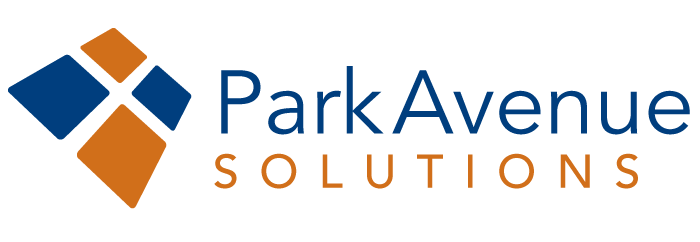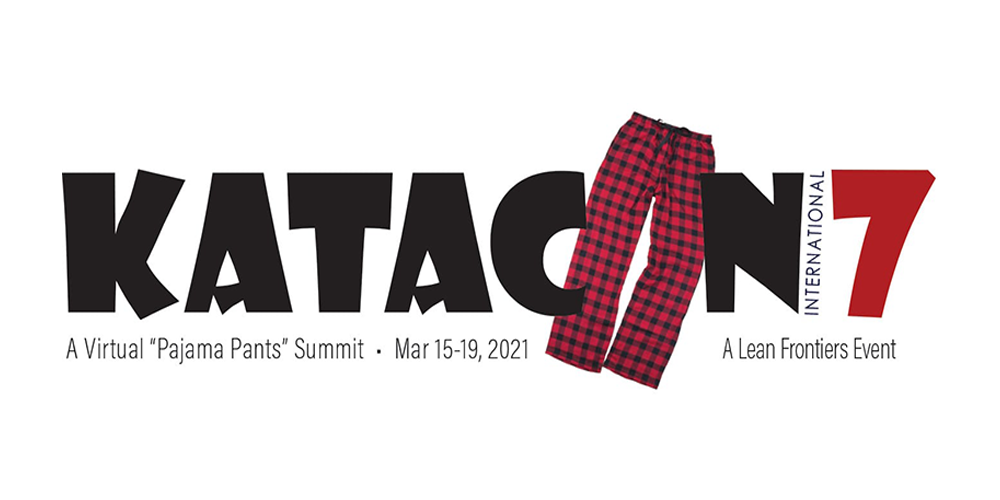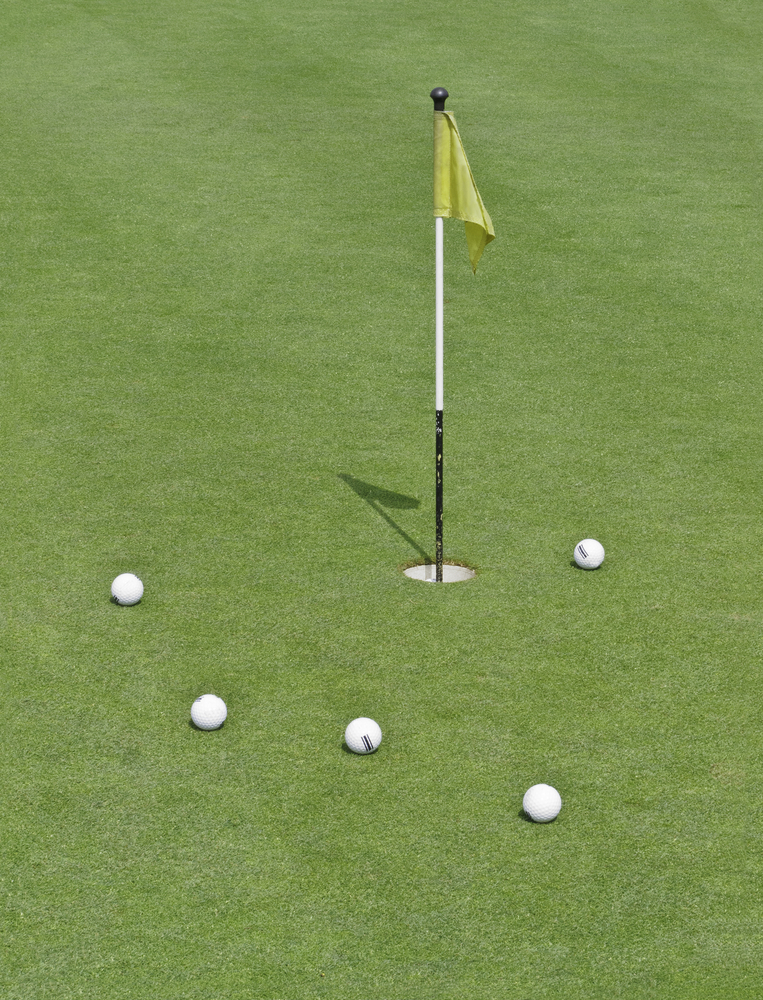Have you ever had a doctor make a quick diagnosis without asking you for more information on your current situation? “You’ve always had sinus issues, so your headaches are just sinus pressure.”
It’s an easy thing to do – in fact, we all do it many, many times every day … at home, in our relationships, driving, and certainly at work.
It’s called “cognitive bias,” and it’s a way for our brains to make decisions more quickly and efficiently. Without completely conscious thought, our brains use pre-existing information to run algorithms based on our previous experiences and fill in the blanks.
It’s a powerful mechanism that helps our brains process the massive amounts of information and decisions we have to make every waking moment, but when it comes to making decisions about new situations, our unconscious biases and preconceived notions can create a problem.
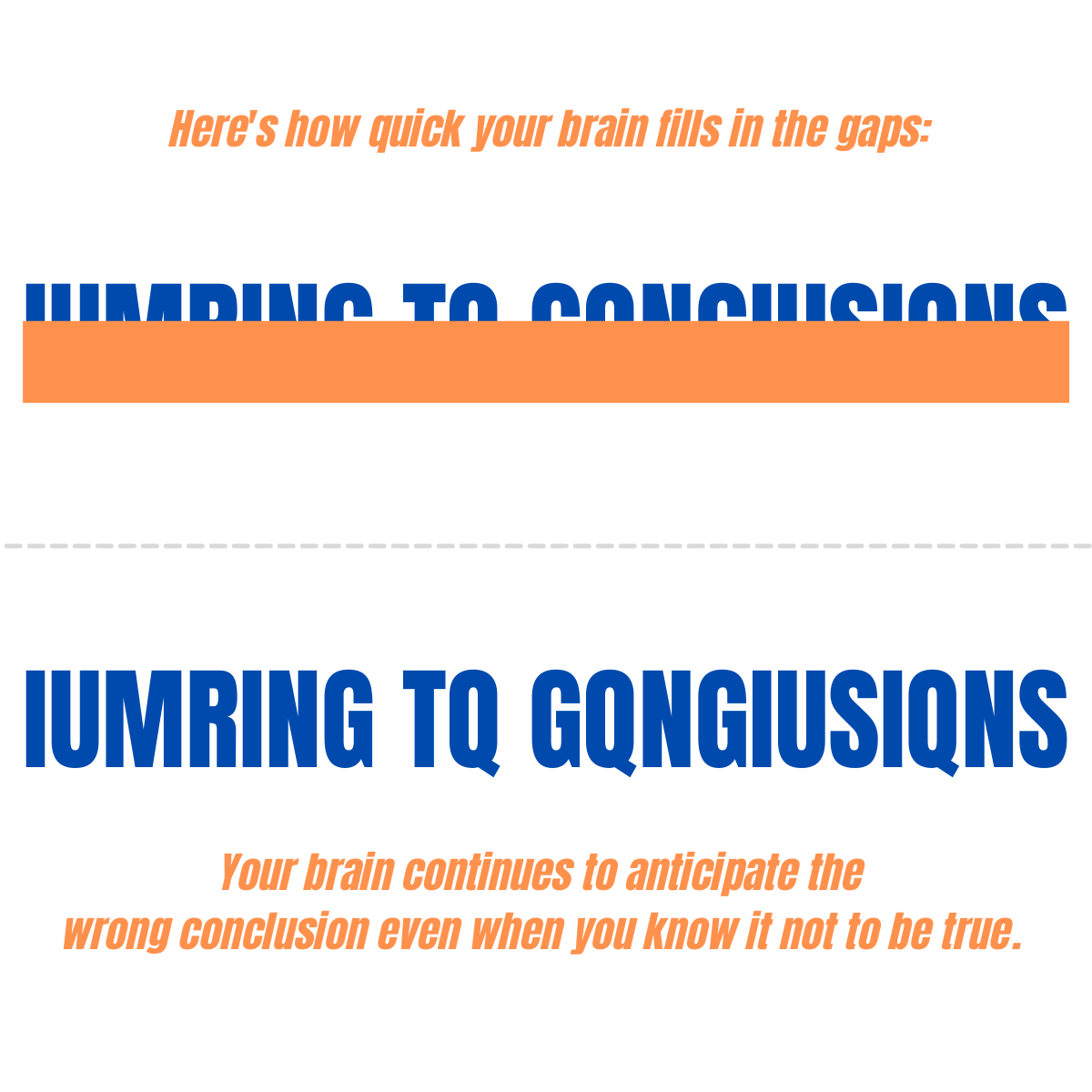
We only know what we know! When we’re only drawing on what we already know, we can run into errors in judgment and decision-making.
In order to overcome cognitive bias, we need to break through the threshold of knowledge, the “line in the sand” where we move past what we already know, learning occurs, and new perspectives open up to us.
One of the most effective ways to do this is through Scientific Thinking.
Scientific thinking is a skill. And like any skill, the best (and really the only) way to learn it is to practice. When we’re young, learning comes easily and naturally. We’re quick to try new things, make mistakes, learn from them, and try again.
That “fail forward fast” mentality is fundamental to scientific thinking. Unfortunately, it’s not how we usually operate as adults. Just like in sports or music or any other new skill we want to acquire, we have to first learn how to do it and then practice it consistently until it becomes a new habit.
Scientific thinking is really about learning to learn again … and learning from both our successes and our failures and using that information to make better decisions and find real solutions instead of making “quick diagnoses” and hoping for the best.
How powerful would it be if the people in your organization could make better decisions or be advanced problem solvers?
The Improvement Kata combine a scientific working pattern with techniques of deliberate practice, to make scientific thinking a teachable skill anyone can learn. These foundational thinking patterns are a basis for successfully pursuing seemingly unattainable goals in complex systems, and it enables teams to make decisions and maneuver effectively.
Sounds like a pretty useful skill, don't you think? Click here to learn more about the Improvement Kata and Scientific Thinking, or contact me (Leigh Ann, the resident Kata Geek). #DoYouKata
